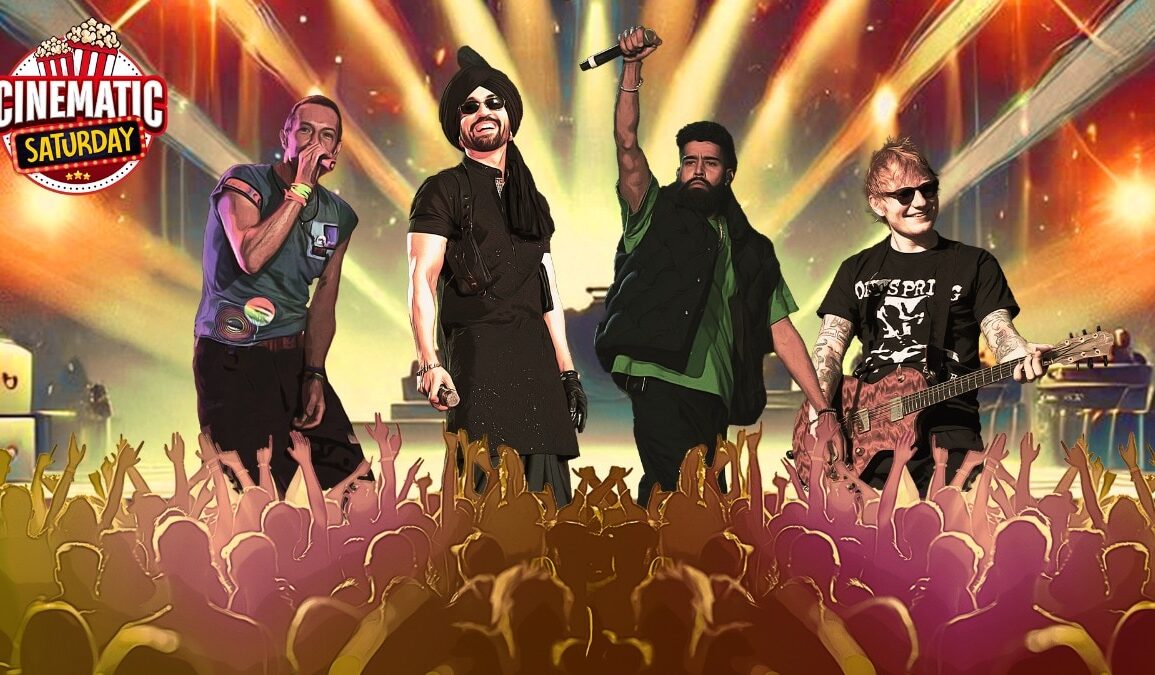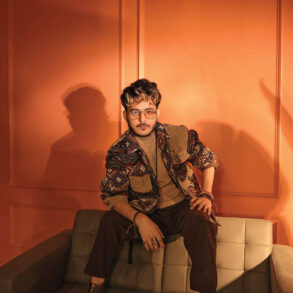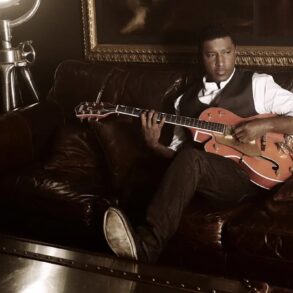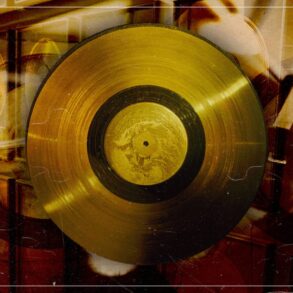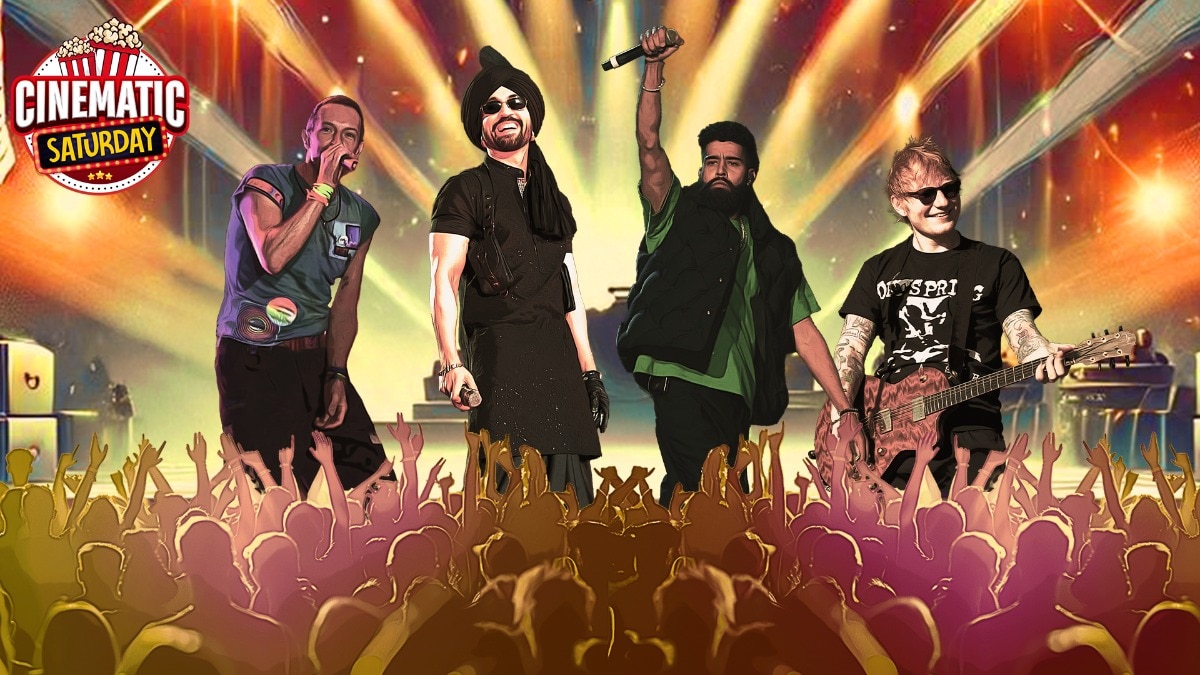
It was a bright, sunny afternoon in September 2024, and we were ready with our laptop, tablet, and phone, all signed in to our BookMyShow account, eagerly waiting to hit ‘Book’ on Coldplay Mumbai concert tickets as soon as the clock struck 12. But moments before, the website crashed. Shortly after, we were in a queue with 2,43,000 people ahead of us. Cue the sinking feeling, frantic WhatsApp messages, and the realisation that our Coldplay dream might just remain that – a dream.
advertisement
It was a moment of heartbreak, of course, but it was also a moment of awakening — awakening to the fact that India’s love for music and musical concerts has grown manifold. Not that we needed to be told, a crore people/accounts had shown interest in buying some 1,80,000 Coldplay tickets, claims a BBC report.
Not just the British rock band, a similar euphoria followed Diljit Dosanjh’s Dil-Luminati Tour, whose tickets were sold out within seconds of going live. Rock legend Bryan Adams, 65, saw a packed ground of 15,000 fans as he gave an electrifying performance in Gurugram in December 2024. Dua Lipa and Maroon 5 also rocked the financial capital, Mumbai, with their concerts last year. Challenging conventional wisdom about scheduling, Maroon 5 demonstrated that weekday concerts could draw massive crowds, filling Mumbai’s Mahalaxmi Race Course on a Tuesday evening.
This surge in live music events is evident in BookMyShow’s annual report, which revealed that there has been an 18 per cent increase in the consumption of live events, with events spanning 319 cities and totalling over 30,000 performances.
Music tourism has also gained significant momentum, with nearly half a million people travelling outside their home cities to attend concerts. This trend peaked with Coldplay’s Music of the Spheres World Tour stop in Ahmedabad, attracting attendees from 28 states and 500 cities across India.
And the euphoria continues into 2025, as global sensations Green Day and Shawn Mendes headline the two-day musical extravaganza Lollapalooza India, alongside rising stars like Hanumankind, in March.
CHANGE IN CONSUMER BEHAVIOUR
The potential for growth in India’s live concert market is not just speculation. An EY report last year placed the market for live concerts at Rs 805 crore, noting that it remains the smallest segment within the overall music industry. However, the report projects significant growth, with revenues expected to reach Rs 1,000 crore by 2025.
This aligns with the broader trend of experiential spending in India, where audiences increasingly prioritise live entertainment over material purchases. A Bank of Baroda report further highlights this shift, estimating potential annual private spending on concerts to reach between Rs 6,000-8,000 crore if the sector continues to develop.
The rise of India’s ‘experience economy’ has played a crucial role in this transformation, fuelled by rising disposable incomes and a growing appetite for immersive events. Indian audiences are demonstrating a greater willingness to invest in live musical experiences, elevating the concert industry as a critical driver of the country’s evolving entertainment economy.
“India is the second-largest audio streaming market for most global artists around the world, translating very effectively to heightened demand on-ground for music concerts,” said Anil Makhija, chief operating officer for live entertainment and venues at BookMyShow, India’s largest online ticketing platform, in an interview with Reuters.
A NEW ERA FOR ARTISTS
Singer Shaan, who has delivered several houseful shows since the 1990s, finds this music concert boom to be “encouraging for the artists.” Commenting on the exponential growth of music concerts, he told India Today Digital, “There is a surge in the market for people who are now willing to pay extra for the live experience, and it is very encouraging for artists. So, you know, elevate it to whatever level you can. I also think the new generation has probably played a role in making this happen. I’m not sure about the impact of social media, but there is undoubtedly a rise in people who want to go out and watch live shows.”
The growing interest in live music has also shifted global artists’ perception of India.
Adam Wilkes, president and chief executive for Asia Pacific at AEG, a live entertainment firm, told Reuters, “What’s been interesting in the last few years is that it’s gone from us saying, ‘Hey, you ever think about India?’ to them saying, ‘Hey, I want to go to India.'”
With India emerging as a major market for live music, it is clear that the country’s enthusiasm for concerts is not just a passing trend but a burgeoning cultural movement. Whether it’s Coldplay, Diljit, or Dua Lipa, the soundtrack of India’s love for music has never been louder—or more vibrant.
Singer Shaan attributed this concert boom partly to more favourable entertainment tax policies. He recalled how in the 1990s, particularly in Maharashtra, prohibitively high entertainment taxes — around Rs 32,000 — made organising ticketed concerts challenging for artists. “Most of us ended up doing very few ticketed shows at that time,” he said.
This economic barrier often pushed performers toward corporate shows for better financial returns. However, Shaan emphasised that ticketed concerts offer unmatched energy and satisfaction.
“The kind of energy and excitement one derives from ticketed concerts is incomparable. It is especially encouraging when people assign value to your performance and come specifically to enjoy it,” explained Shaan.
However, not all industry veterans share this optimistic view of modern concerts. Singer Abhijeet Bhattacharya, known for the 90s hits like ‘Aankhon Mein Base Ho Tum’ and ‘Badi Mushkil Hai’, criticised contemporary concert culture. He drew a sharp distinction between traditional and modern performances, arguing that today’s concerts rely heavily on pre-recorded tracks rather than live singing.
“They don’t sing. They play the tracks. They are not singing, they only perform,” Bhattacharya told us.
The veteran singer also contended that modern audiences, often standing with drinks in hand, come more for the party atmosphere than the music itself.
“They (concerts today) have a standing audience. They come to watch and not listen. With beer glasses in hand, they have come to the party. You cannot call them an audience. Our concerts have an audience. People use their eyes and ears in our concerts. They clap with us. They eventually shut their eyes while listening to us. That is the difference between our concerts and concerts today,” Bhattacharya expressed.
Though the good part is, Bhattacharya said, this shift in concert culture has increased demand for authentic live performers like himself who can deliver genuine live vocal performances.
“Inn sabki vajah se humaari demand aur baddh gayi hai...(because of them, our demand has increased) we sing live. Not every singer can do a live show,” the singer added.
INFRASTRUCTURE AND CHALLENGES
The growing demand for live concerts has driven significant improvements in venue infrastructure. Cities like Mumbai, Bengaluru, and Delhi now boast state-of-the-art venues designed to accommodate large audiences.
However, challenges persist. Following his India tour, Diljit Dosanjh highlighted the need for better infrastructure, saying, “We don’t have the proper infrastructure for live shows here. This is a significant source of revenue, and many people rely on it for work.”
Srishti Biswas, a Category Manager at Myntra, who attended Diljit’s concert, agreed.
“â Diljit sings live very well. There wasn’t a moment he let us down. However, the infrastructure was an issue. The stage was in the front and that did not work well with the crowd. As a result, it hampered the overall experience,” she said.
Concert organisers are also facing rising costs. “The production expenses have increased tenfold compared to earlier times,” Shaan said, highlighting the pressure on organisers to attract large audiences to ensure profitability.
“The production team face much greater challenges now. The artists are also expensive and to recover costs and attract sponsors, it has become essential to ensure there is a big enough audience to make the event financially viable.”
However, challenges are not limited to logistics and finances alone. Regulatory advisories are adding another layer of complexity. States like Telangana and Chandigarh recently issued guidelines discouraging references to alcohol and violence in song lyrics during performances, including those by Diljit Dosanjh.
Even international artists are not exempt. Ahead of their January 25 and 26 concerts at the Narendra Modi Stadium in Ahmedabad, Coldplay received a notice from the District Child Protection Unit in Gujarat. Organisers were instructed to ensure that no child enters the venue without earplugs, following a complaint by a Chandigarh resident.
Singer-rapper Honey Singh criticised the advisories, calling them illogical.
“Are they shutting down the liquor stores? No. They’re supposed to shut down the liquor stores, make them a dry state, and make India a dry country. Then we (can) talk about it,” Singh said, adding that the advisory seemed like a “scam” given that liquor sales remain a major revenue source.
These challenges, though varied, highlight the evolving landscape of India’s concert culture, requiring organisers, artists, and policymakers to adapt to the growing demand while maintaining cultural and regulatory sensitivities.
‘IT’S JUST THE BEGINNING’
From EDM festivals to jazz nights, Indian audiences are embracing diverse genres. This evolution reflects not just changing tastes but a shift toward immersive experiences.
Shaan, who has witnessed the transformation first-hand, shared his excitement, “This has probably been the most exciting last quarter. I don’t recall seeing so many acts in the past four years as we’ve had in the past four months.”
The singer also said that while the concert culture has been widely prevalent in the West, it is finally finding its footing here.
“There is a shift and people are focusing more on having an immersive experience, which is a great thing. This is just the beginning,” said Shaan.
BRIGHT FUTURE OF LIVE MUSIC
When PM Modi and Diljit Dosanjh recently met, they agreed on one key point: India’s immense potential to host large-scale music festivals that could rival — and even surpass — international events like Coachella.
Diljit, emphasising India’s rich musical heritage, remarked, “I feel that they have made festivals like Coachella or any other very big. And I believe we can make it much bigger. People travel from all over the world for such festivals.”
As global and Indian artists increasingly recognise this burgeoning market, the concert culture in India is set to expand further. It promises to bridge generational gaps, showcase diverse genres, and position India as a premier destination for live music. With the groundwork being laid today, the future of live music in India looks brighter and more inclusive and transformative than before.
Tune In
Must Watch
This post was originally published on this site be sure to check out more of their content




